Submit feedback
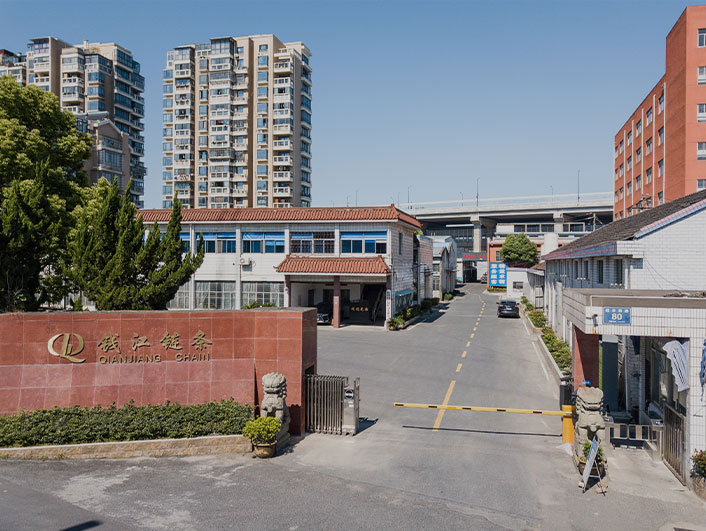
-
Stainless steel clamping chains such as 08B and 10B manufactured by Hangzhou Qianjiang Chain Industries are a special type of elastic conveyor chain. Their function goes beyond simple transport; the key feature lies in securely and steadily holding the workpiece during movement. This design differs significantly from s...
READ MORE -
Agricultural chains are critical components in farming machinery, used in conveyors, harvesters, balers, and other equipment. Their performance is directly linked to the productivity and reliability of the machinery. One of the key concerns for farmers and equipment operators is how resistant these chains are to wear, ...
READ MORE -
Construction and geometry differences Roller chains consist of alternating inner and outer link plates with bushings, rollers and pins; the roller turns on a bushing and engages a sprocket tooth with rolling contact. Leaf chains are built from stacked leaf plates assembled around long pins, forming a flat, ladder-like ...
READ MORE
1. Key Factors Influencing the Performance of Infinitely Variable Speed Chains
When designing or selecting infinitely variable speed chains, several factors significantly impact their performance and longevity. Understanding these elements can help engineers optimize system efficiency and reduce maintenance costs. Some of the key factors include:
- Chain Material: The choice of material, such as steel or polymer, affects the load-bearing capacity, durability, and resistance to wear and corrosion.
- Lubrication: Proper lubrication reduces friction and wear, prolonging the life of the chain and enhancing its performance under varying speeds.
- Tension Control: Consistent tension is critical for smooth operation. Fluctuating tension can cause skipping, noise, and premature wear of the chain.
- Speed Range: The range of speeds that the chain can handle, from slow to high speeds, influences the design and material selection for optimal performance.
2. Maintenance Tips for Extending the Lifespan of Infinitely Variable Speed Chains
To ensure optimal functionality and longevity, regular maintenance is essential for infinitely variable speed chains. Here are some practical tips for keeping chains in peak condition:
- Regular Inspections: Periodically check for wear and elongation, which are signs of chain fatigue or damage. Early detection can prevent costly repairs.
- Cleaning: Dirt and debris can accumulate in the chain's links, leading to premature wear. Clean the chain with appropriate solvents to maintain smooth operation.
- Lubrication Schedule: Apply lubricant based on the manufacturer's recommendations to ensure the chain operates smoothly, particularly in high-speed applications.
- Alignment: Ensure proper alignment of the chain and sprockets. Misalignment causes uneven wear, increasing the chances of failure.
3. Common Issues in Infinitely Variable Speed Chains and How to Resolve Them
Even with regular maintenance, several issues can arise with infinitely variable speed chains. Recognizing and addressing these problems early can prevent serious damage to your system. Some common issues include:
- Chain Slippage: This occurs when the chain fails to maintain the desired tension, causing it to slip off the sprockets. To resolve this, check for proper tension and inspect for worn or damaged components.
- Excessive Wear: If the chain is wearing out faster than expected, it could be due to insufficient lubrication or misalignment. Regular re-lubrication and proper alignment are key solutions.
- Noise and Vibration: Unusual noise or vibration may indicate that the chain is misaligned or not properly tensioned. Re-aligning the chain and checking for smooth operation can often resolve this issue.
- Corrosion: Exposure to harsh environments can cause chains to corrode, affecting performance. Using corrosion-resistant materials and applying protective coatings can help prevent this issue.
4. How Environmental Factors Affect Infinitely Variable Speed Chains
Infinitely variable speed chains are used in various applications, and their performance can be significantly impacted by environmental conditions. Here are some factors to consider:
- Temperature Extremes: High or low temperatures can affect the material properties of the chain, including its flexibility, strength, and durability. Using temperature-resistant materials helps mitigate these effects.
- Humidity and Moisture: Exposure to moisture can lead to rust or corrosion, especially in steel chains. Choosing materials like stainless steel or applying protective coatings can prevent moisture damage.
- Chemical Exposure: Certain chemicals can degrade chain materials, particularly those not resistant to corrosion. If chemical exposure is expected, use chains designed with chemical-resistant materials.
- Dust and Dirt: Chains operating in dirty or dusty environments require more frequent cleaning and lubrication to avoid buildup that can lead to premature wear.
5. Selecting the Right Infinitely Variable Speed Chain for Your Application
Choosing the right infinitely variable speed chain for your specific application is essential for maximizing efficiency and minimizing downtime. Consider these factors when making your selection:
- Load Capacity: Determine the maximum load the chain will carry during operation. This helps in selecting a chain with the appropriate strength and durability for your needs.
- Speed Range: Choose a chain that can handle the specific speed range required for your system without compromising performance or lifespan.
- Environmental Compatibility: Ensure that the chain is suitable for the operating environment, such as high-temperature or corrosive conditions. Select materials that provide the necessary resistance.
- Maintenance Requirements: Consider how easy the chain is to maintain. Some chains require more frequent maintenance, while others are designed for low-maintenance operation.
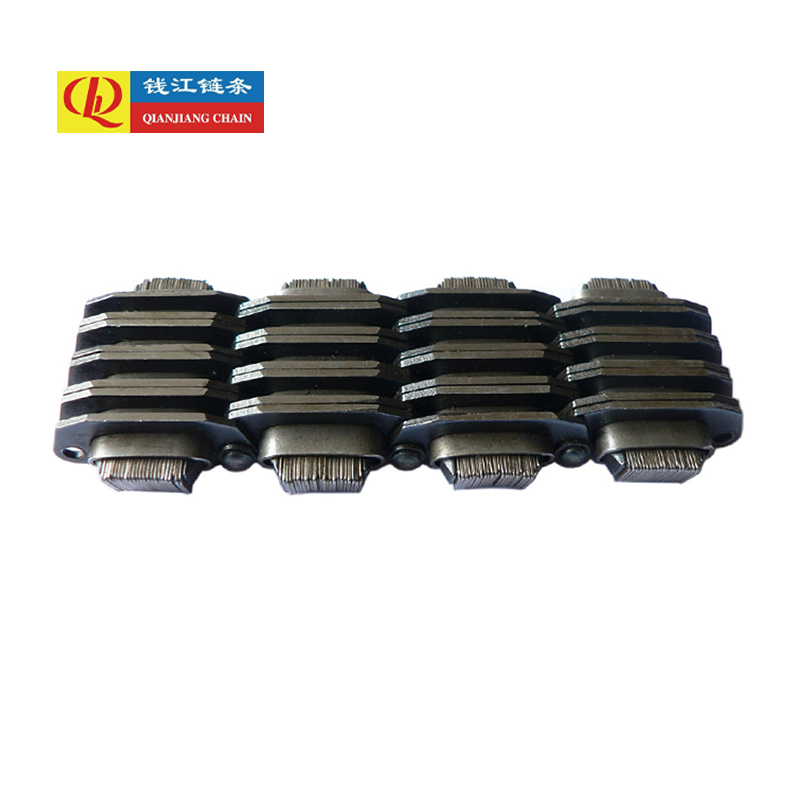

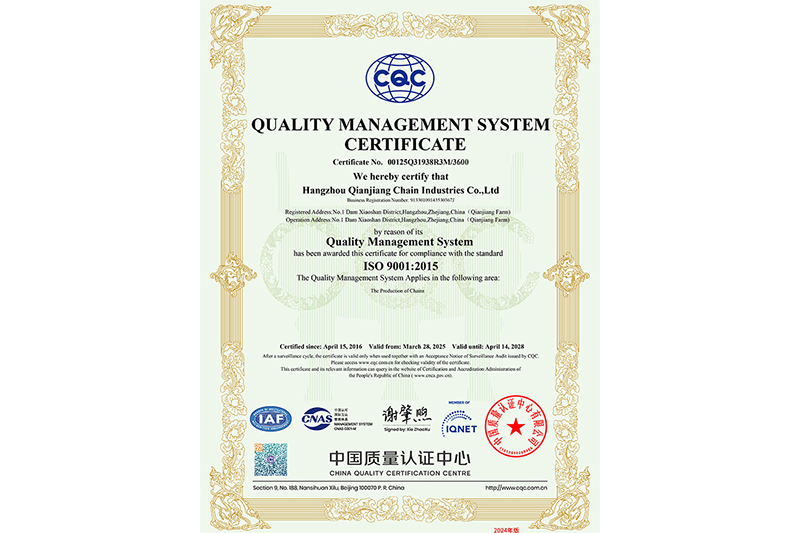
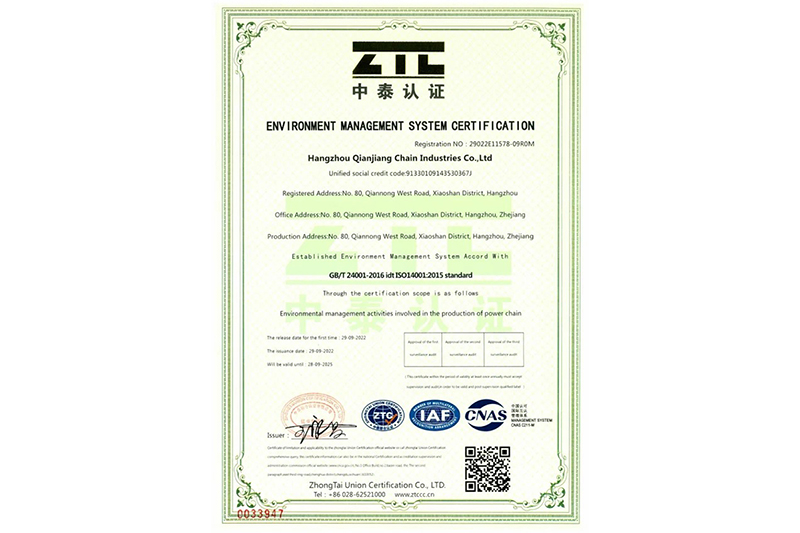
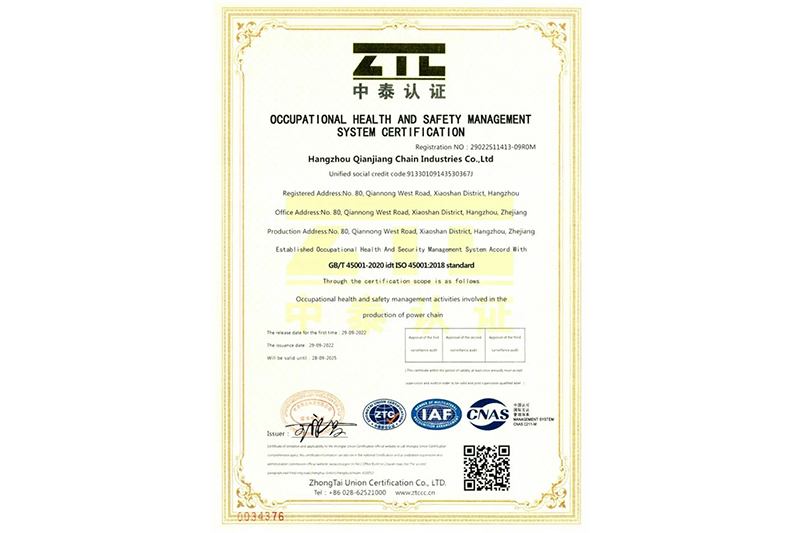
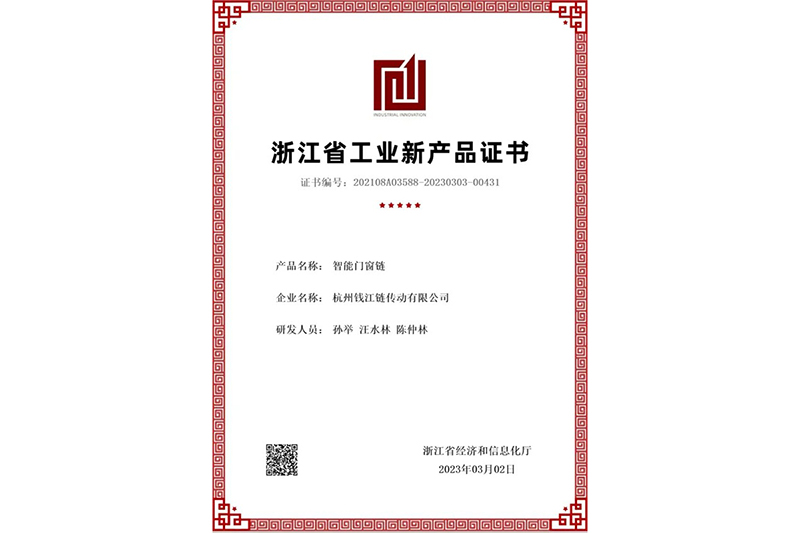
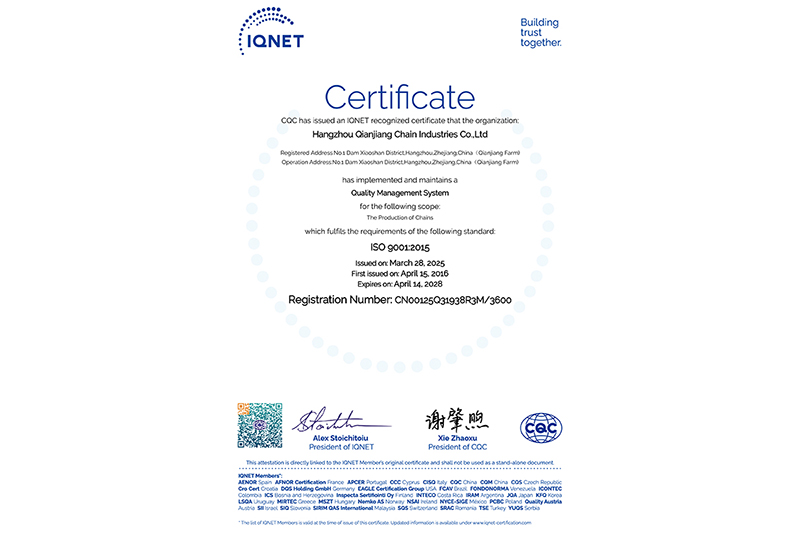
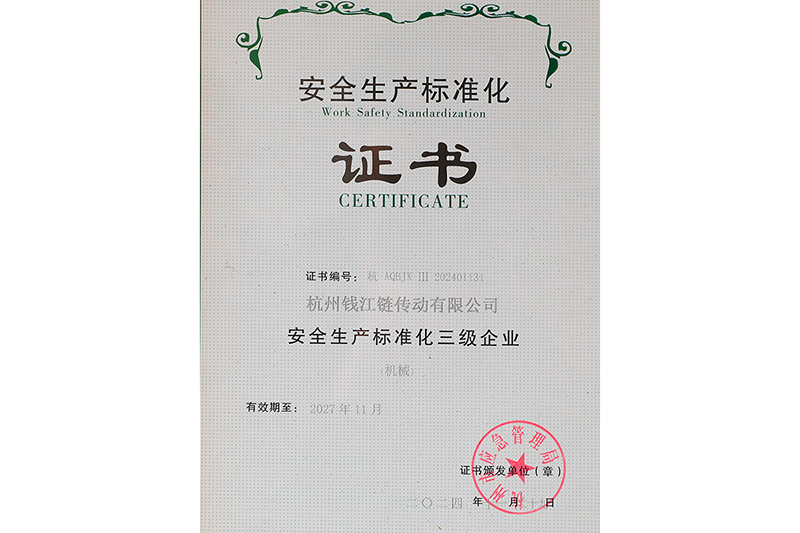
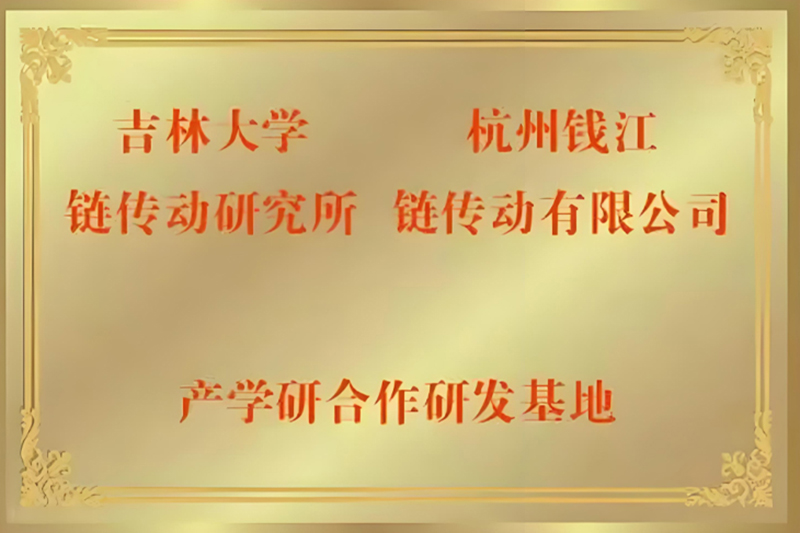
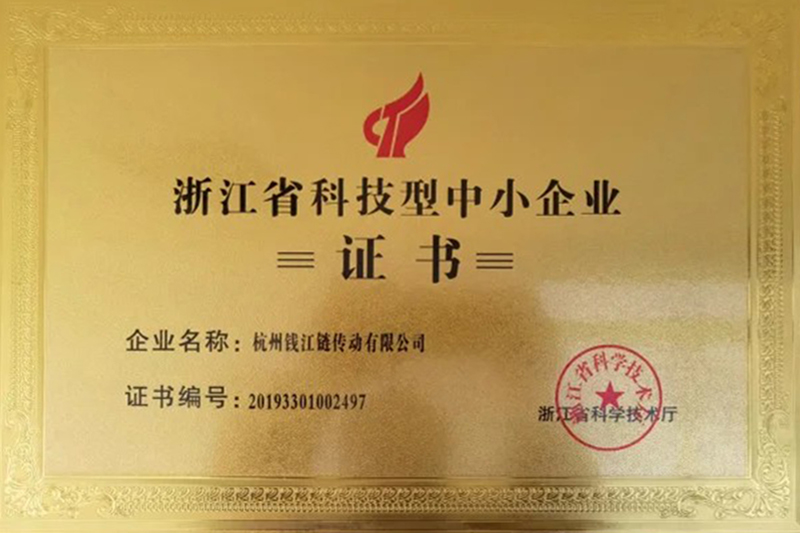
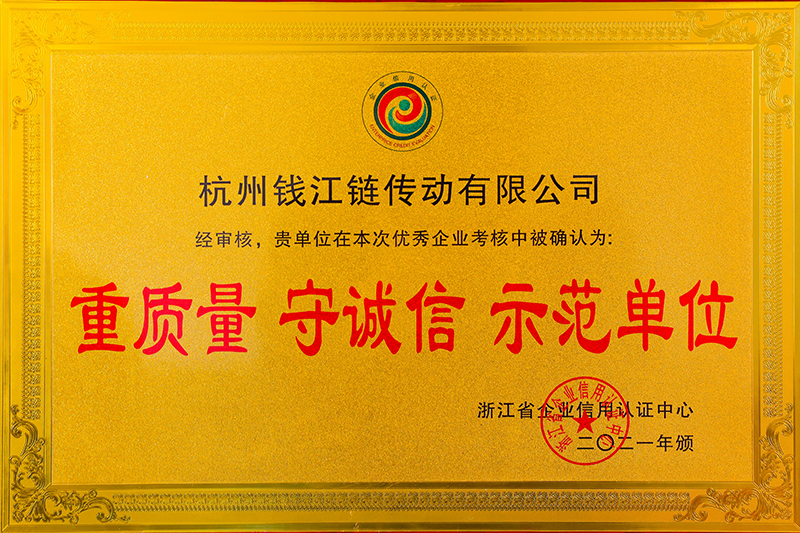
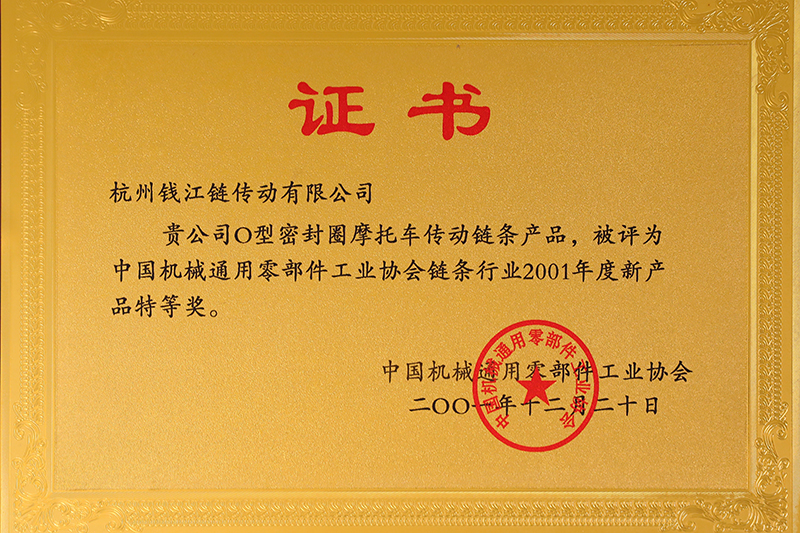
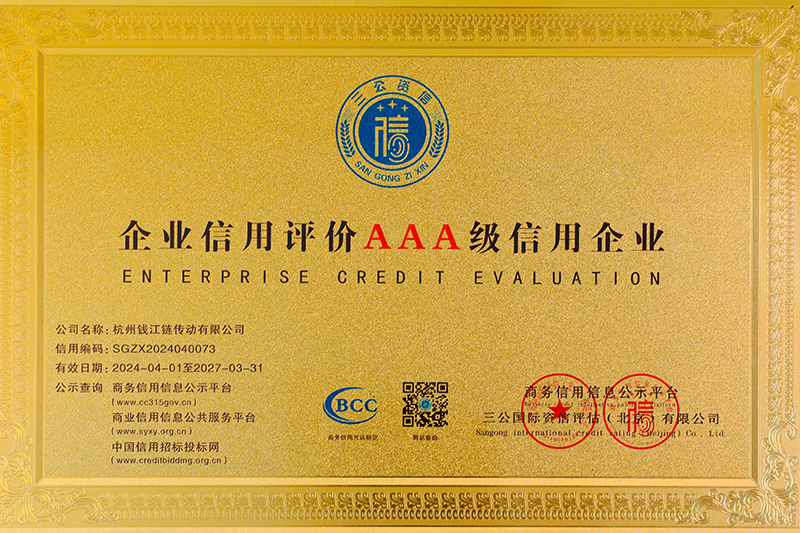
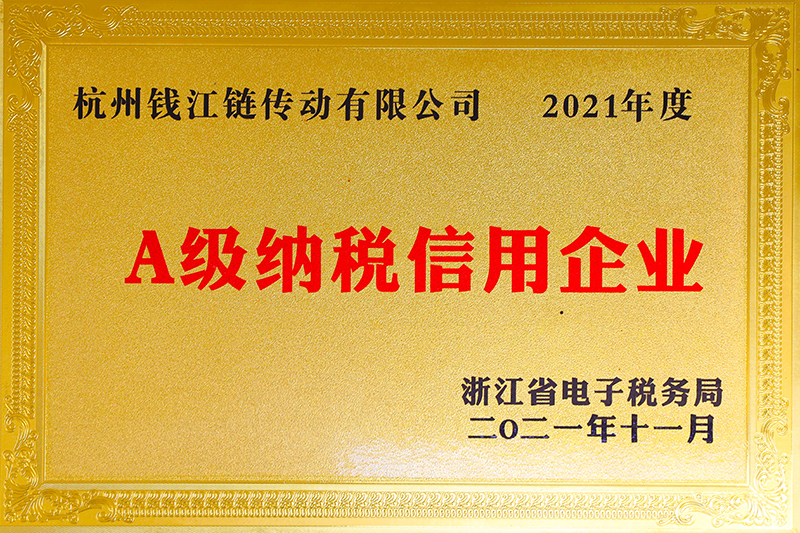
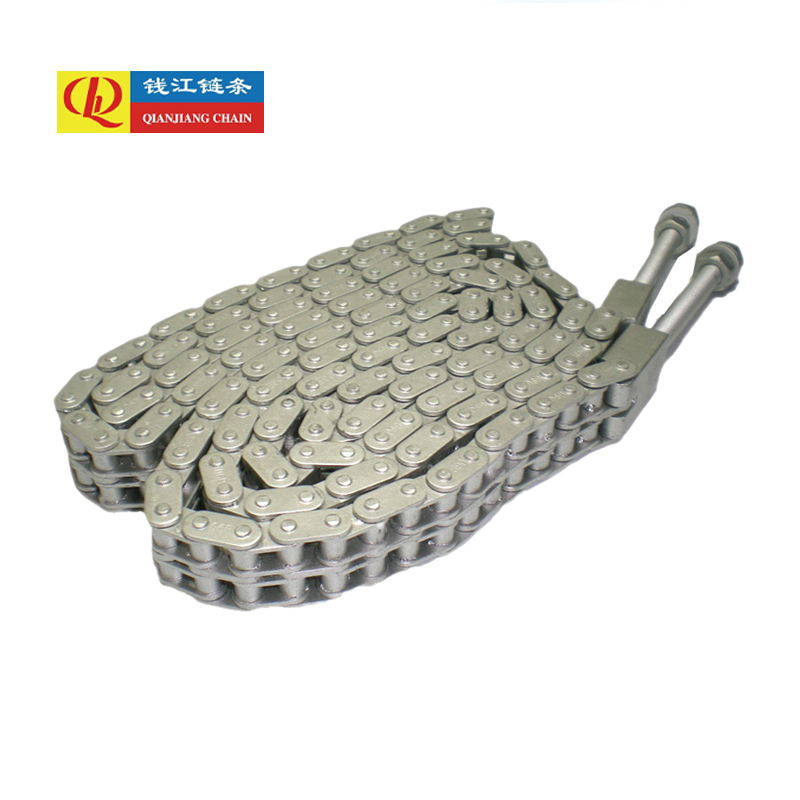
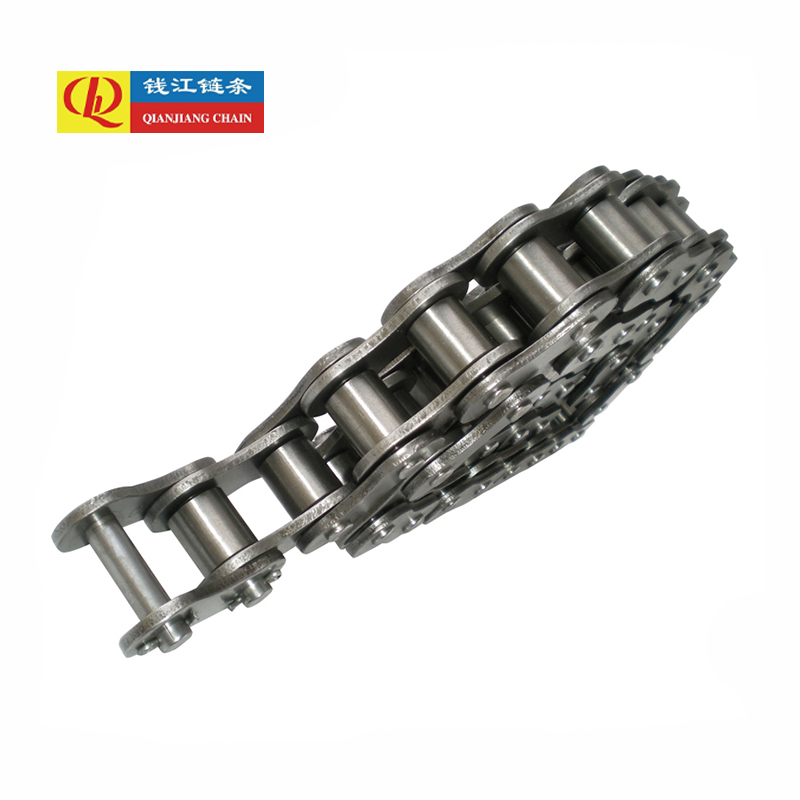
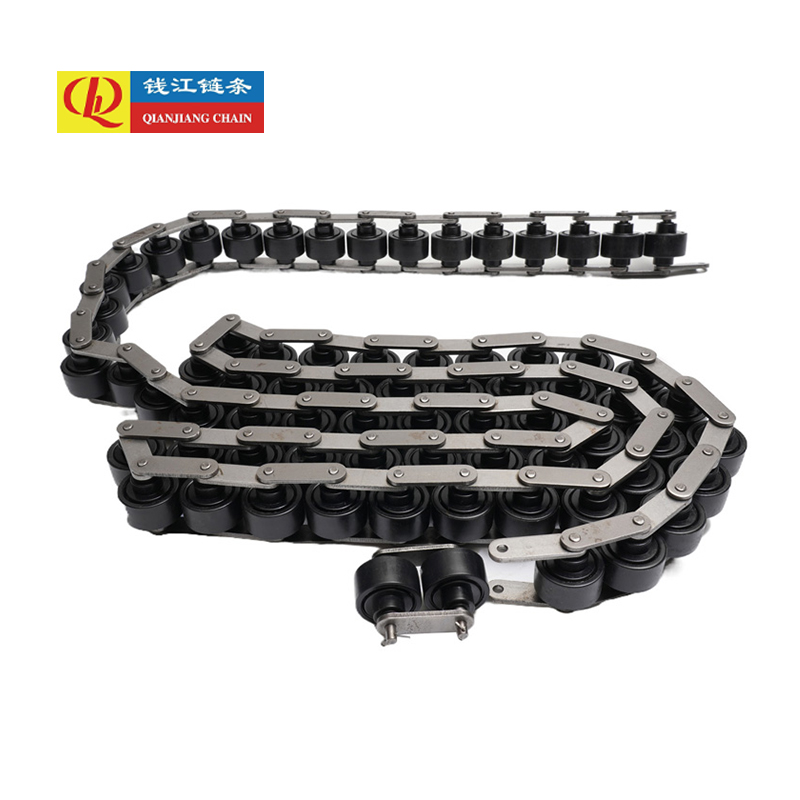
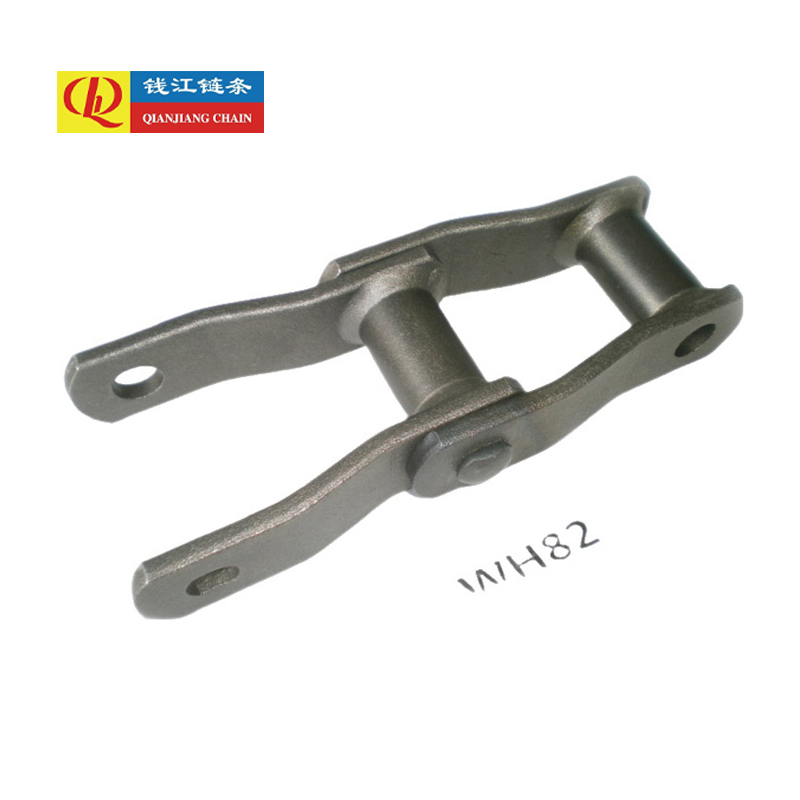
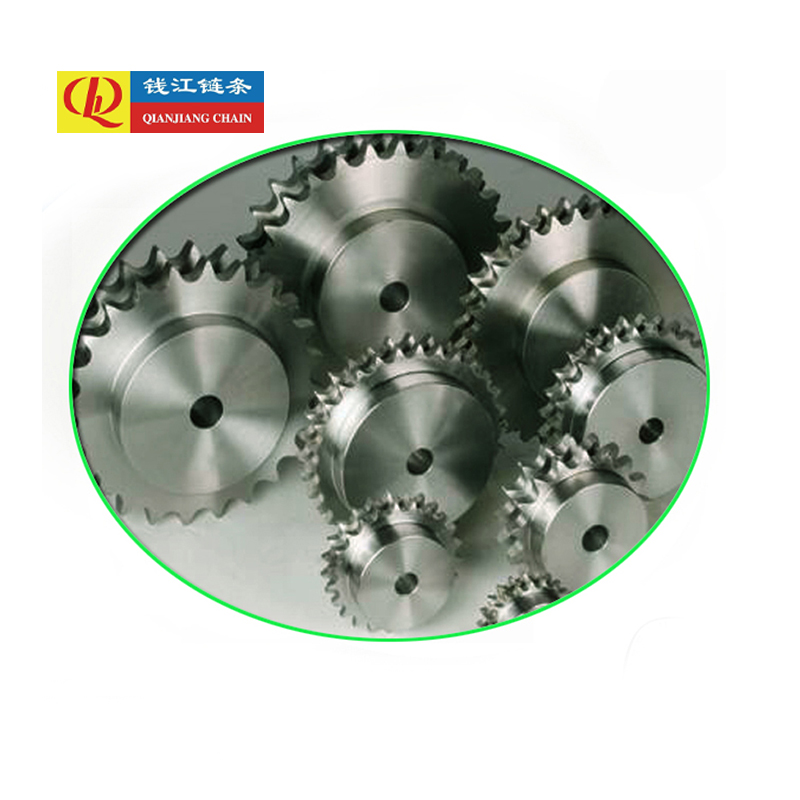
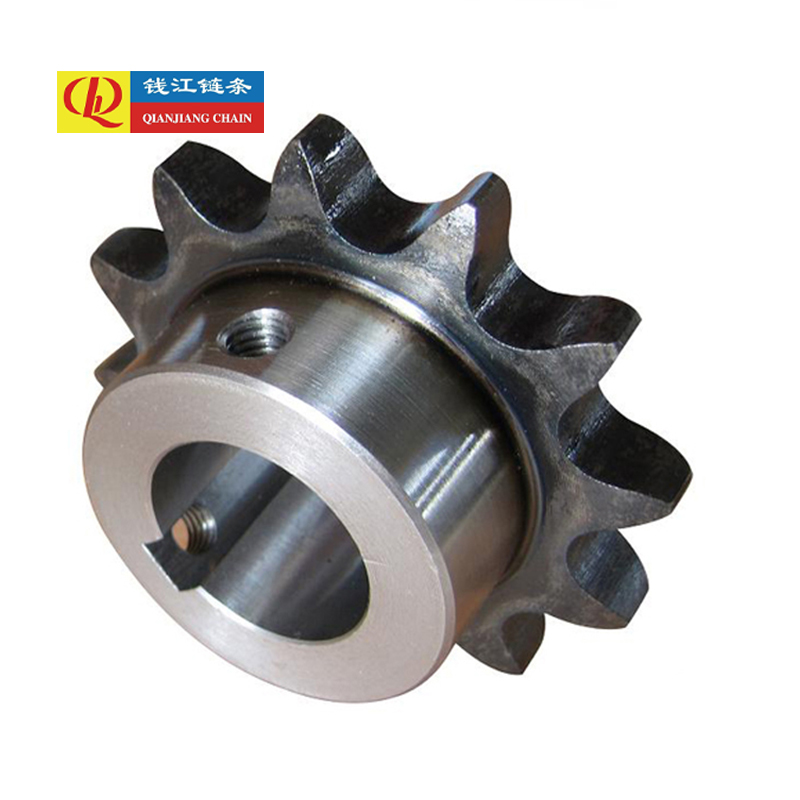


 浙公网安备33010902004043号
浙公网安备33010902004043号